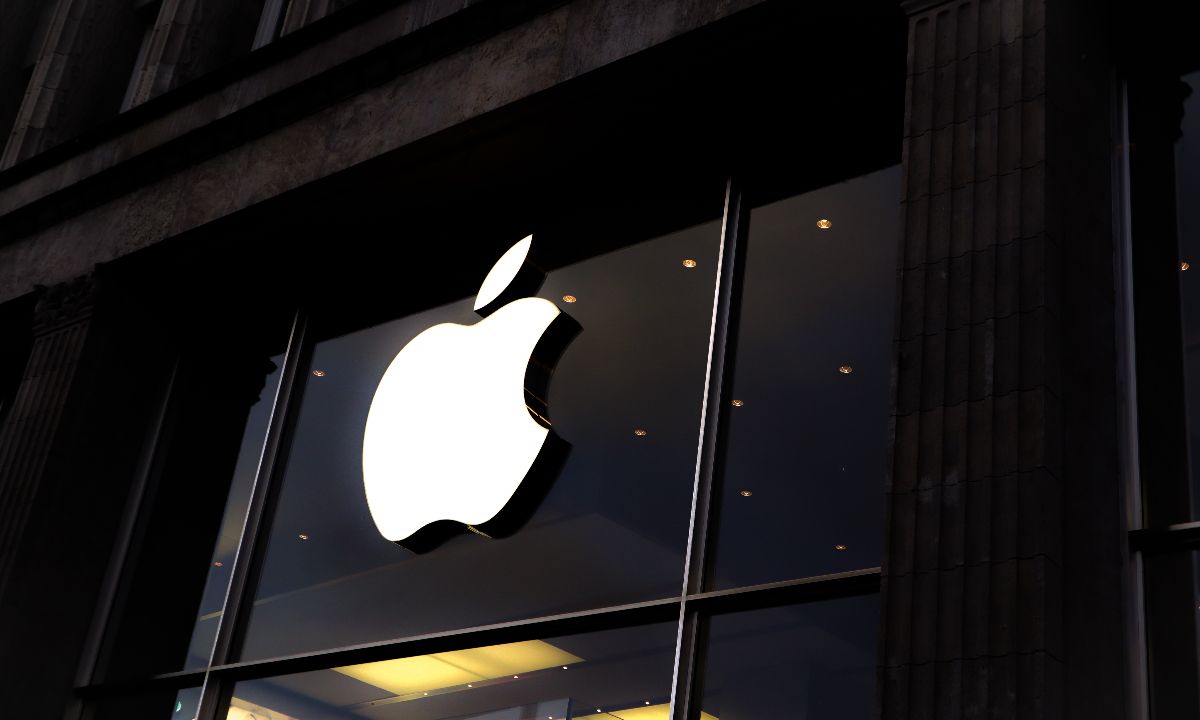The latest iOS release removes URL tracking parameters. How will these changes affect your campaigns? And what alternatives should you consider?
Apple’s latest iOS
Let’s start with the latest news: Apple recently rolled out its new operating system, iOS 17, which brings several enhanced features, such as personalized phone calls, check-in messages, and animated stickers.
But what stands out for marketers is Apple’s reinforcement of data privacy measures to protect its users, specifically Link Tracking Protection (LTP).
URL tracking parameters are now removed from campaign links accessed in Mail, Messages, and Safari. For the latter, in Private Browsing, this feature is automatically implemented, but LTP can also be enabled for non-private browsing. This prevents cross-website tracking, making it increasingly difficult for advertisers to track their campaigns on these apps.
Why is Apple concerned with privacy?
Apple has always been committed to safeguarding user data. Safari was among the first to introduce the private mode option for browsers in 2005.
In the following years, Apple continued to make improvements that gave users greater control over how their information is managed and shared. The latest efforts in iOS 17 once again indicate Apple’s emphasis on user privacy and security beliefs. Removing URL tracking parameters is the next step for the tech organization to be an industry leader in privacy.
Which trackers are affected?
Apple’s Link Tracking Protection only affects ID parameters, such as click identifiers. Other parameters, like UTM tagging, are not yet affected. The following IDs are known to be removed:
- gclid – Google AdWords / Google Analytics
- dclid – Google Display Network
- fbclid – Facebook Advertising
- twclkd – Twitter Advertising
- msclkid – Microsoft Advertising
- mc_eid – Mailchimp
- igshid – Instagram

This means the days of relying on click IDs for analysis, attribution, and (re-)targeting are ending. For now, only the users browsing in private mode or who enabled this feature manually are impacted. However, Apple can expand these limitations in the future.
Alternative solutions
Okay, so what’s next?
To stay ahead, it’s crucial to make changes in your campaign setup. Here are four important actions to take into consideration:
- UTM tagging
- Privacy-safe tooling for modeling
- First-party data strategy
- Contextual targeting
UTM tagging
As mentioned, not all tracking types are affected by the iOS 17 update, so you can still use UTM tagging to track the results of your campaigns. These are easy to implement but do not share all campaign data, and more importantly, you must set them manually for every campaign link. Regardless, UTM tags can help if your campaigns follow a clear taxonomy.
On the plus side, increasing your UTM tagging can improve accuracy in reporting. We often encounter companies struggling with the accuracy of their marketing dashboards, which is often traced back to inconsistencies in campaign naming/tagging through link ID or UTM changes. By following a strict process in UTM consistency, you can see more consistent results.
Privacy-safe tooling for modeling
Another critical step is to implement privacy-safe tooling from advertising partners. Not only is this relevant for campaigns shown on iOS systems, but it is also a practical action for all operating systems with the increasing concerns around user privacy and data protection within digital.
Tools from partners like Google and Meta can fill the gap in your campaign measurement with extra data input where necessary. For example, if users deny consent, such as cookies, Google Consent mode can adjust this lack of data in Analytics with conversion and behavior modeling. Additionally, Meta’s Aggregated Event Measurement helps to gain more conversion data from people using iOS 14.5 and later operating systems with a similar approach, although they recently canceled this initiative. Feeding your reporting with consented or anonymized input for modeling also increases data accuracy in your marketing partners’ reporting.
First-party data-based marketing strategy
A long-term course of action is to continue the shift to a strategy that collects information first-hand from your users and builds stronger customer relationships. With first-party data, customers consent to share their data with your organization directly.
This helps you identify your customers and follow up with personalized experiences. As you move away from third-party data, you can gather more valuable information directly from your users. A first-party data-based strategy is a long-term solution to create customer value and measure campaigns successfully.
Contextual targeting
The first three solutions assume interactions with your customers. However, before an interaction, you must make your audience aware of your brand.
Link Tracking Protection and other privacy protection guidelines affect the ability to target upper funnel marketing, which means optimizing your brand awareness strategy, too. With the disappearance of third-party cookies and increasing privacy measures, contextual targeting is the answer to reaching your audience in a privacy-friendly way. With contextual targeting, customers can be reached with relevant context instead of audience targeting, where ads are shown based on previous actions and interests. Matching your ads to the relevant context still makes for as-good-as-it-gets user targeting.
Looking ahead
It’s important to note that every organization is different, and there is no one-size-fits-all solution for removing URL tracking parameters.
Tech companies like Apple will continue to sharpen their user privacy and data security efforts to protect their customers. Organizations must be aware of the changing regulations and guidelines around data management and adjust accordingly. However, the real winners in this race will be those who can adapt their strategy for the long term to stay ahead of shifts in the ever-changing data landscape.
Questions about data?
Data director





